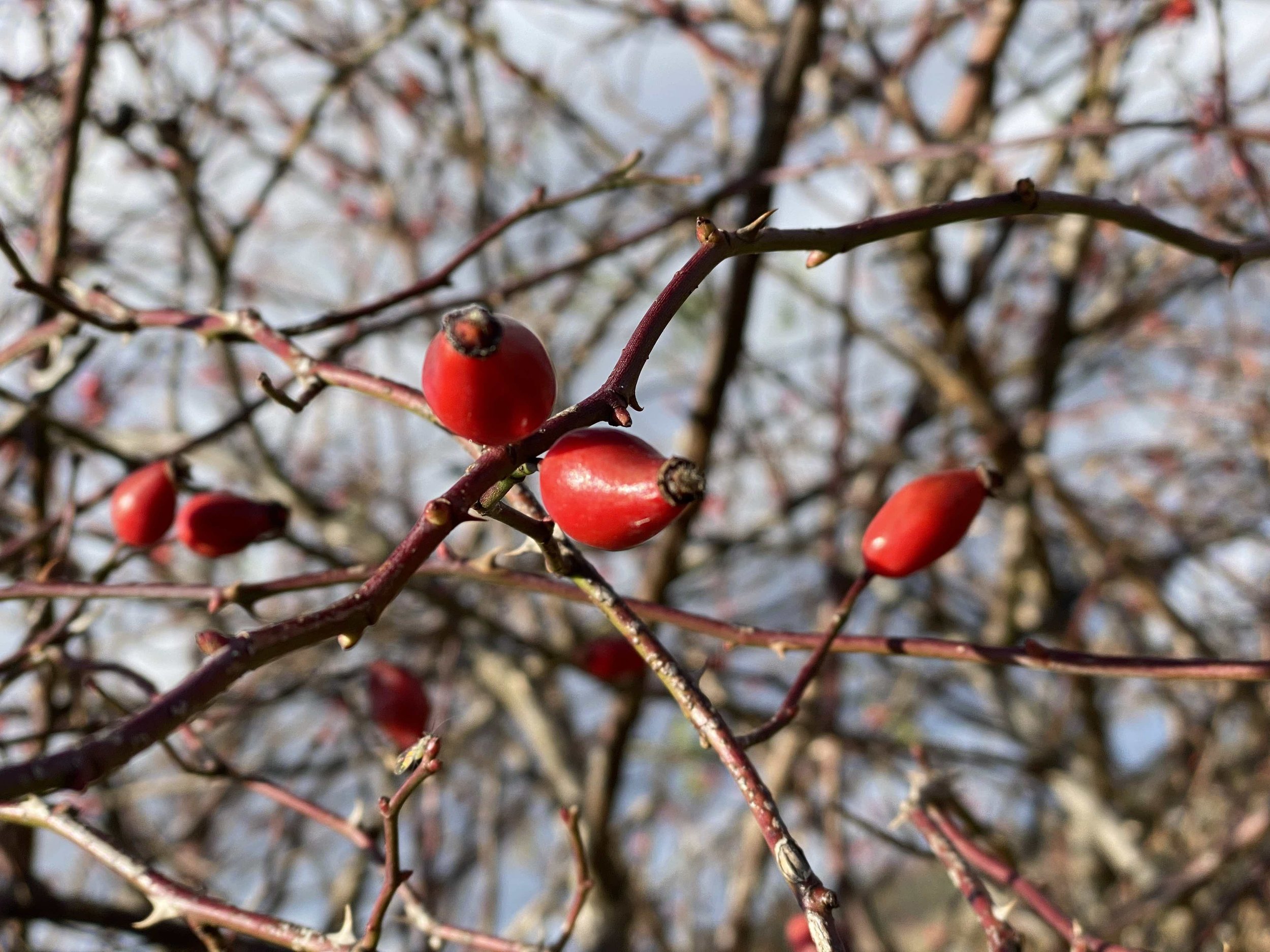What to eat in autumn season
Ayurveda understands health as the state of balance of all three doshas (physical and mental functions called vata, pitta and kapha). Disease, on the other hand, comes from the imbalance of these.
This tridoshic balance (and thus our physical and mental health) can be easily disturbed if our diet and lifestyle isn't in alignment with our specific constitution and also with natural cycles like circadian rhythms (day / night), seasonal changes etc.
Our balance gets disturbed when we don’t listen to our own body and to natural rhythms.
Luckily, Ayurvedic medicine offers strong preventative solutions such as Dincharya (ideal daily routine) and Ritucharya (seasonal routines) that can help us maintain our health and wellbeing.
At this moment, we find ourselves in the middle of Sharad Ritu (Autumn season). In Sharad Ritu, our pitta dosha gets aggravated, which makes our body prone to pitta symptoms and disease. People who are already suffering from autoimmune conditions, bleeding disorders, asthma, other inflammatory disorders, hyperacidity or other digestive issues, might notice aggravated symptoms in this season.
Mentally, pitta aggravation brings stronger signs of anger, frustration, irritation and overall tendencies to push too far, overwork oneself and, as a result, burnout.
Diet in Sharad Ritu
To reduce these symptoms and the whole pitta imbalance, foods that are ushna (hot) and tikshna (sharp) should be avoided during this season.
In general, it is helpful to reduce strong tastes such as spicy, sour and very salty. It is recommended to avoid vinegar, alcohol, fermented foods (that means also tofu, tempeh, miso etc), cheese, sour yoghurt, spices, chilies, ginger, cashews, peanuts, mustard oil, fish etc.
Instead, we need to bring more cooling stuff into our diet, so it is best to consume foods which are sweet and bitter in taste: rice, milk, ghee, pumpkin, ash gourd, zucchini, leafy greens, fresh coconut, coconut water, etc.
You can add cooling spices to your cooking - coriander, fennel, mint. These are a great choice for an afternoon cuppa, too.
Autumn detox
If you suffer from inflammatory symptoms or hyperacidity at this moment, a lovely way to detoxify this excessive pitta from your body is a green smoothie fast.
Choose one day from your week when you don’t have to do too much (physically or mentally), so that you can focus on your detox and have enough time to rest. During the whole day, whenever you feel hungry, drink this ayurvedic green smoothie. Don’t eat anything else but make sure you do drink plenty of water in between the smoothies. You can also add some herbal teas if you feel cold (the smoothie can be really cooling!).
Sharad Ritu activities
Pitta gets aggravated with excessive physical or mental activity. So, when autumn comes, nature actually asks us to slow down, rest more, take time and space to reflect and begin to digest what we’ve been through during summer. It is time to recover before winter.
Meditation and slow walks will be brilliant for this season. Reading a good book, enjoying the colours of leaves outside, doing some gentle yoga, or even going for a run if you like - but not for any sort of performance, rather for the joy of it.
Anything that brings you closer to yourself, anything that encourages you to pause in your usual efforts and reflect is a great thing to do during this season.
Reflect
Do you follow any specific routines of your own during autumn?
What brings you true joy in this season?
In which aspects of life would you like to slow down?
Is there anything you are forcing too much?
How are your energy levels? If they’re low, what can you do to recuperate and get more energy?





